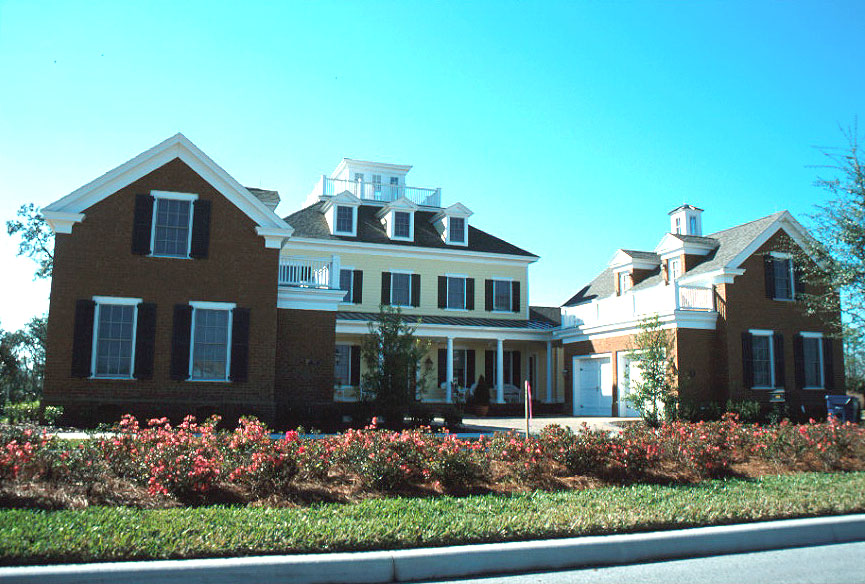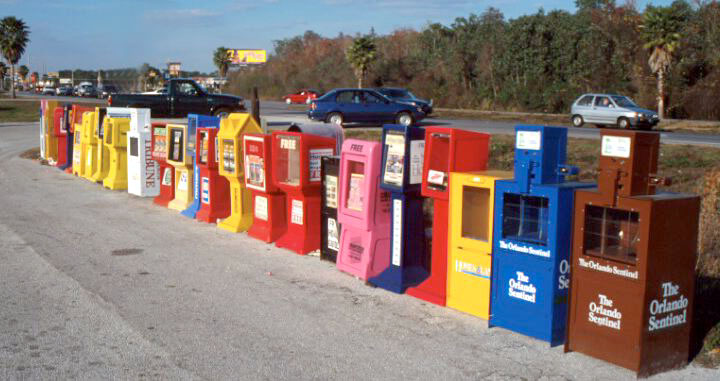retrofit and links


We see suburban homes that pretend to be self-sufficient estates, office buildings built as isolated palaces and campuses, malls that are supposed epitomize their area's atmosphere and retail needs. Things are built to appear complete and isolated, yet all is interrelated and temporary. Sprawl is more dynamic and connected than its visual image allows.
Wholesale rebuilding or retrofitting of existing suburban housing is not a real option except in occasional cases. There are too many banking practices and real estate values and home owners associations against massive change that might threaten property values. We have to find other means to highlight the new kinds of places that existing suburbs are becoming. We need ways of increasing the perceived density of links and heightening people's self-awareness. This will take different kinds of innovations; some will have to be through electronic networks, in which my suburban room can become a part of other newly defined but discontinuous places. Community does not have to depend only on spatial proximity; there are other kinds of nearness.

What then if we tried to emphasize the dynamism and acknowledge the links? The task is to make visible the links and systemic connections that tie together and flicker across the solid-seeming suburban landscape, knitting it into much denser places than it appears to be.
In urging that links be made visible, my model is hypertext*, and I am looking for the architectural equivalents of coloring Web links blue. Those blue links get annoying in Web text, but we could well have a few more of them in the suburbs.
(c) David Kolb, 1 August 2001